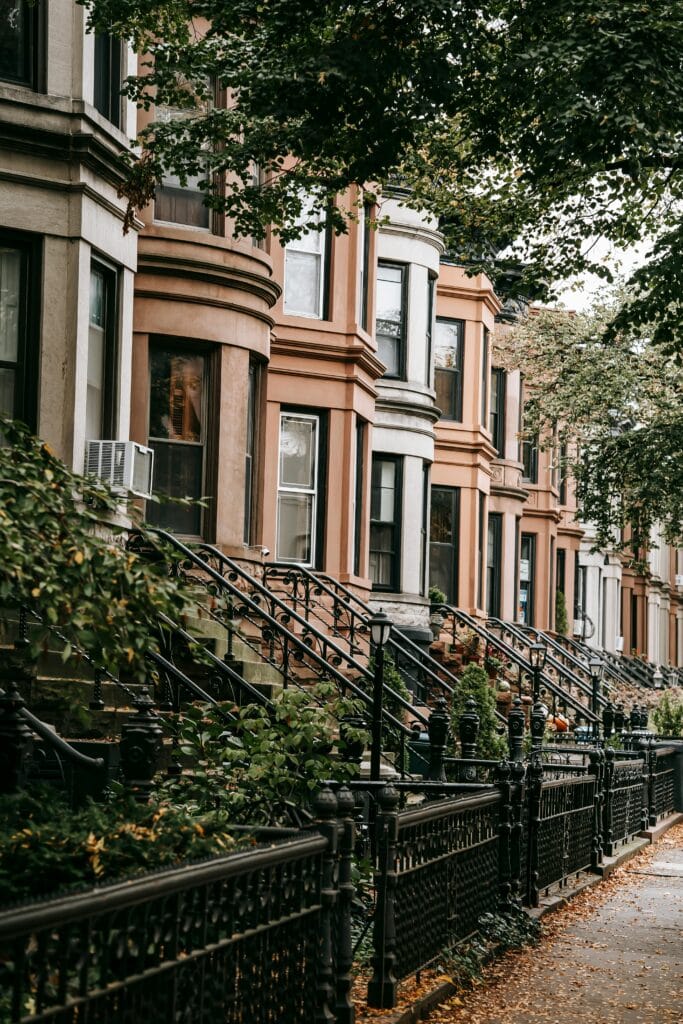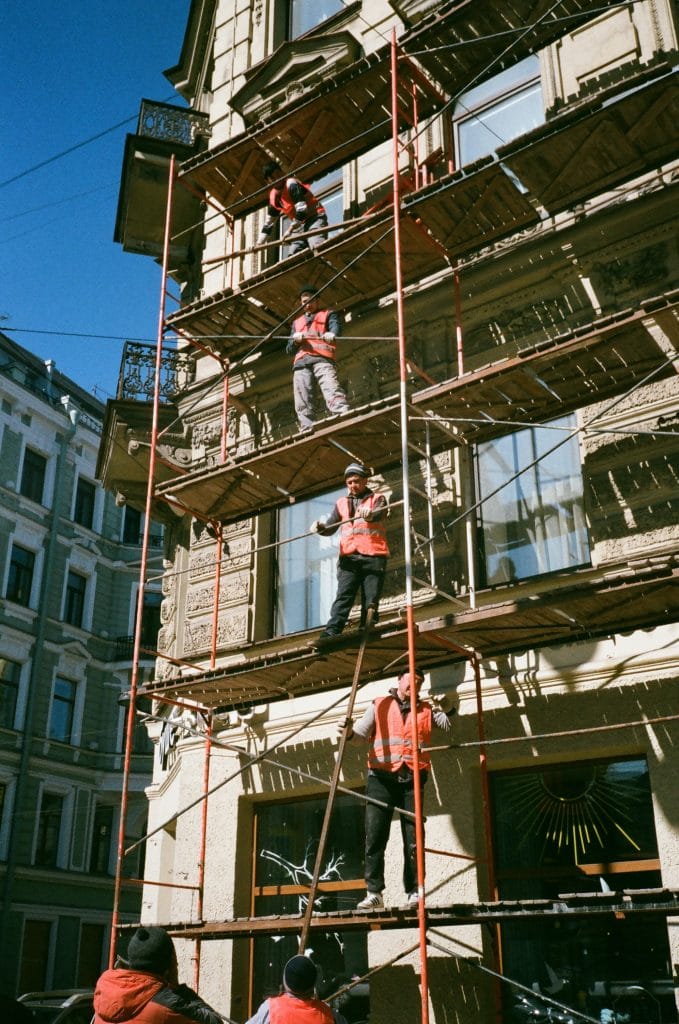Austin Embraces Single-Stair Apartments to Tackle Housing Crisis
I talk a lot about housing in this blog. I try to focus all across Texas – but I live in Austin so that is the focus more often than not. Plus Austin’s housing is the most expensive of the Texas cities. Its been a problem for a while here – housing prices have risen drastically in the last ten-plus years. But credit where credit is due – the Austin City Council has recently taken a number of steps and passed ordinances to try to help the housing crisis.
That trend continued again this month when the Council passed an ordinance allowing the construction of single-stair apartments. This seemingly subtle change in building codes has the potential to unlock a new wave of development and reshape the city’s housing landscape.
So, what exactly are single-stair apartments, and why is this ordinance a significant step for Austin? Let’s talk about it.
Single-Stair Building Should Benefit Many
Traditionally, building codes in many cities, including Austin, have mandated two independent stairwells for apartment buildings exceeding a certain height or number of units. This requirement, while prioritizing fire safety in larger structures, often made smaller, denser housing projects economically unfeasible. Single-stair apartments, as the name suggests, are multi-unit residential buildings that rely on a single internal staircase for access and egress. Modern fire safety measures, such as enhanced sprinkler systems, robust fire-rated construction materials, and interconnected alarm systems, are integrated into the design to ensure resident safety in these buildings.
By passing this ordinance the City Council has opened the door for a wider variety of housing types to be built across Austin. Previously, the two-stair requirement often pushed developers towards larger, more expensive apartment complexes to achieve economies of scale. Now, with the single-stair option available, developers can pursue smaller, more infill-oriented projects. This could lead to the construction of:
- Smaller apartment buildings: These buildings, often ranging from a few units to a dozen or so, can be integrated into existing neighborhoods more seamlessly, utilizing smaller or irregularly shaped lots that were previously unsuitable for larger developments.
- “Missing middle” housing: This term refers to a range of multi-unit housing types that fall between single-family homes and large apartment complexes. Single-stair construction facilitates the development of duplexes, triplexes, fourplexes, and small apartment buildings that offer more density than single-family homes while maintaining a neighborhood scale.
- Accessory Dwelling Units (ADUs) with multiple units: While ADUs have gained traction in Austin, the single-stair ordinance could potentially allow for the construction of ADUs with more than one rental unit in certain configurations, further increasing density on existing single-family lots.
- Adaptive reuse projects: Older buildings that might have been challenging to convert into multi-family housing due to the constraints of fitting two stairwells could now be viable for residential use with a single, well-designed staircase.
The fundamental goal of allowing single-stair apartments is to increase the overall housing supply in Austin. By making it economically viable to build a wider range of housing types on more diverse parcels of land, the city aims to accelerate the pace of development. The logic is straightforward: when the supply of housing increases, there is less competition for available units, which, in turn, can help to stabilize and eventually lower housing costs.
City Council Has Been Pro-Housing Lately
For years, Austin’s rapid growth in population and employment has far outpaced the creation of new housing units. This supply-demand imbalance has been a primary driver of the city’s affordability crisis. By enabling the construction of more units, including smaller and potentially more cost-effective options, the single-stair ordinance directly addresses this imbalance. Smaller buildings often have lower per-unit construction costs, which can translate to more affordable rents and sale prices. Moreover, infill development in existing neighborhoods can reduce the need for extensive new infrastructure, further contributing to cost efficiency.
As I mentioned above, the approval of the single-stair ordinance is not an isolated event but rather part of a broader trend in Austin towards adopting policies aimed at boosting housing supply. In recent years, the city has taken several significant steps to reform its land development code and streamline the permitting process. Some notable examples include:
- HOME Initiative – The Home Options for Middle-income Empowerment (HOME) initiative has been implemented in phases:
- Phase 1: Allows up to three units on lots previously zoned for single-family homes.
- Phase 2: Reduces the minimum lot size for single-family homes from 5,750 to 1,800 square feet, facilitating the construction of smaller, more affordable homes.
- Parking Requirement Elimination
- In 2023, Austin became the largest U.S. city to eliminate mandatory parking minimums for new developments. This change reduces construction costs and encourages the use of public transportation.
- Density Bonus Programs
- The Density Bonus 90 (DB90) program allows mixed-use buildings to reach up to 90 feet in height if a portion of units are designated as affordable housing. This incentivizes developers to include affordable units in their projects.
These cumulative efforts, including the recent single-stair ordinance, signal a growing recognition within Austin’s leadership that a multi-pronged approach is necessary to tackle the housing crisis. While no single policy change will be a silver bullet, the combination of these reforms aims to create a more favorable environment for housing development across the spectrum.
The hope is that these recent ordinances will collectively create a significant increase in the supply of diverse housing options throughout Austin. Whether these efforts have had any effect yet, rents have come down in Austin. And as more units come online, the intense competition for existing housing should gradually ease, leading to a stabilization and eventual moderation of housing costs. This will not be an overnight fix, and the effects of these policy changes will take time to fully materialize. However, the willingness of Austin to embrace innovative solutions like single-stair apartments and to reform its land development regulations demonstrates a commitment to addressing its housing challenges head-on.
Austin Embraces Single-Stair Apartments to Tackle Housing Crisis Read More »

